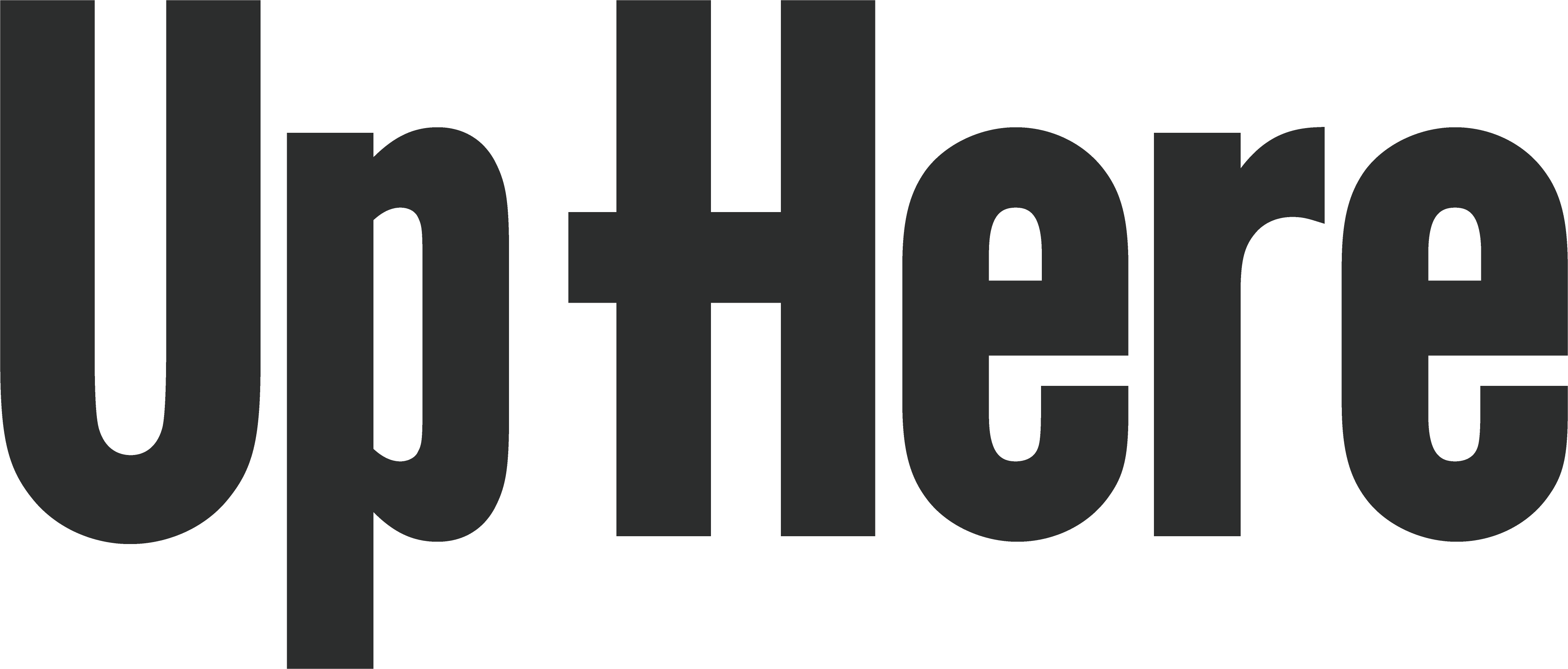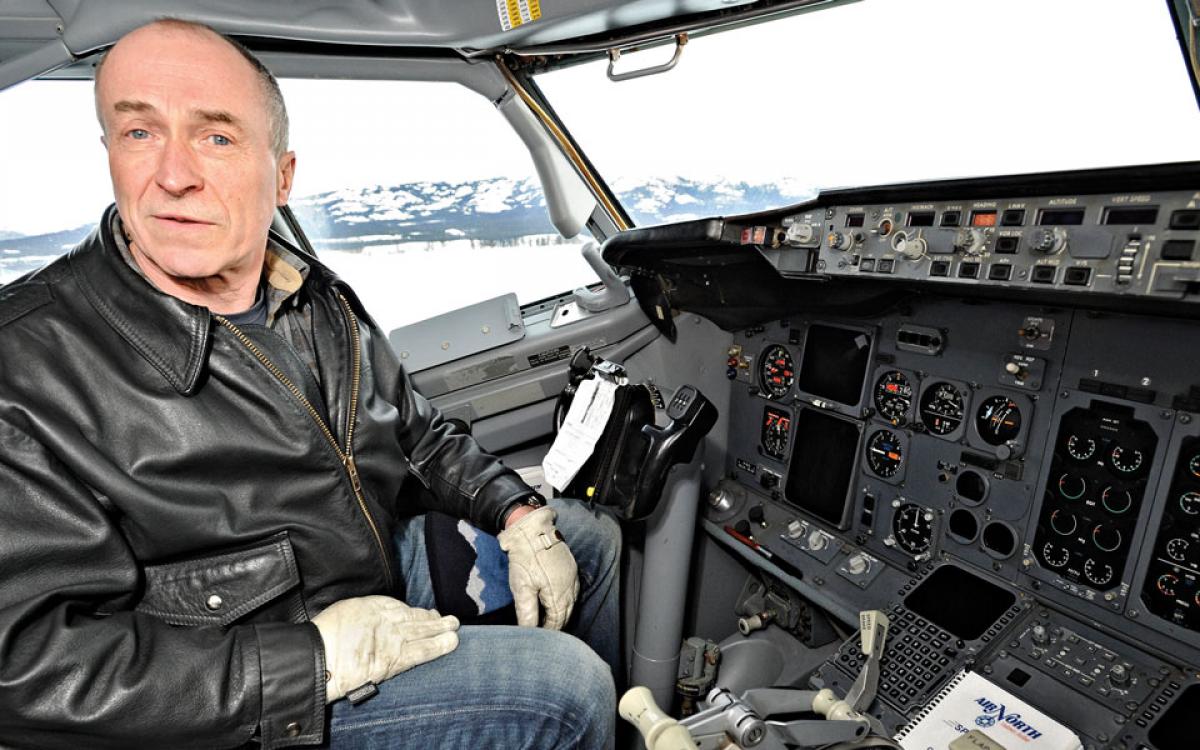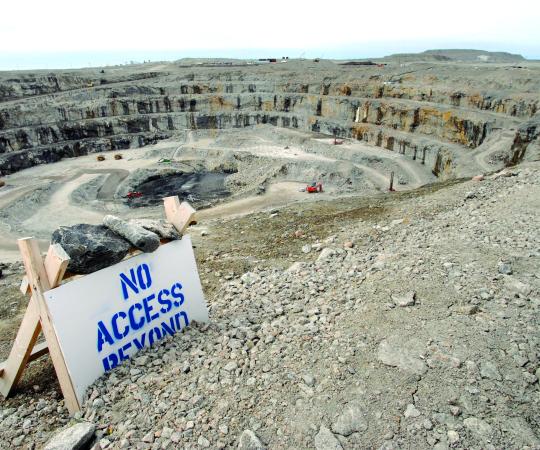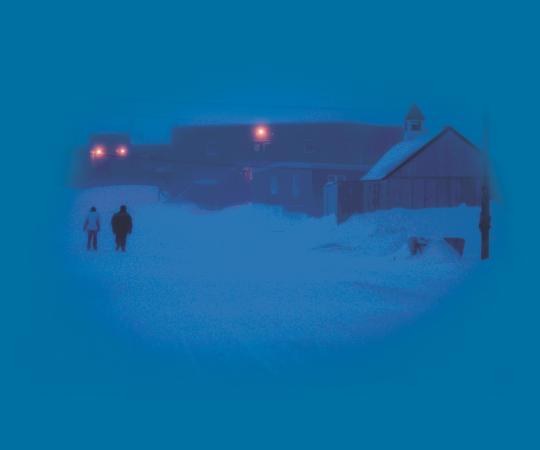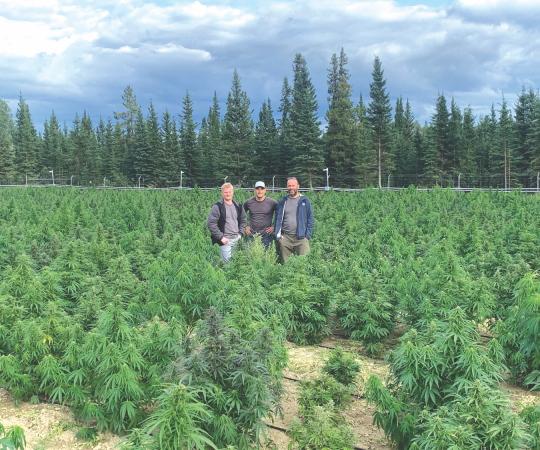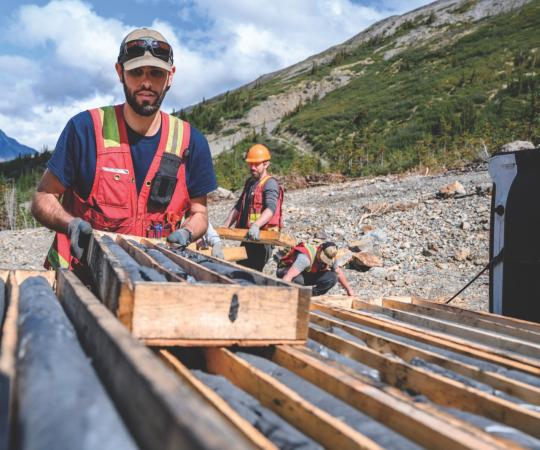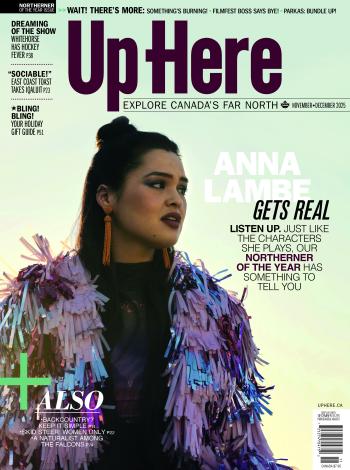The following is excerpted
from an interview conducted by Up Here a year ago:
Joe Sparling’s grandfather came to the Yukon during the gold rush. Sparling visited his grandparents in the Yukon in the summer, doing odd jobs at the Whitehorse hotel his grandfather owned.
“While I was doing that in the summer there was a ‘learn to fly’ special on at the local flying school, which was $750 dollars. I thought that was a good opportunity. I always wanted to learn to fly, so I took advantage of it.”
While completing university, he got his commercial pilot’s licence, too.
“I think initially it was just something I always wanted to do, but once I got my private licence I think it probably whetted my appetite sufficiently that I thought I’d like to carry on and get a commercial licence.”
He bought a Cessna 172 so he could build up his hours while working on his commercial licence. Then Sparling and Tom Woods, who would co-found Air North together, approached the owner of the local flying school and offered to rent the plane to him.
“I think he made the comment, ‘Well why don’t you just buy me out, the bank’s gonna take my house this winter, I’m never going to survive the winter.’ We thought, well let’s make him an offer subject to financing. He’ll probably say no and we’ll never get the financing. Both of those things fell into place for us so we were in business.”
It was 1977, and they had the Cessna 172, a Cessna 206 from the school, and a couple of leased airplanes.
“It was a $50,000 flying business basically.”
Air North began flying bush planes in support of mining and tourism.
“I would suggest that our growth has been rather slow and plodding rather than
dramatic like you see with some other air carriers. It’s taken us a long time to get to where we are today.”
By the mid-1980s Air North was flying scheduled service in the Yukon and Alaska, competing with large southern-based carriers like Canadian Pacific and Air Canada.
“I think that as the company grew, we decided it was in our best interests to focus on the airline operations and get out of the bush flying operations. I think we operated at one time as many as 14 different airplanes and probably 8 or 9 different types. That’s pretty hard to do these days. And with larger aircraft it’s much more practical to focus on one or two types. We’re down to two types now.”
Air North now has more than 250 employees, six Boeing 737s and five Hawker Siddeley 748s flying to 10 different locations across Canada. But Sparling says they’re not looking at leaving the Yukon anytime soon.
“Our headquarters is here. Our employees are here. We would just as soon keep it that way if we can. One of the challenges is the two mainline carriers are having a bit of a turf war right in our backyard, and that makes it very difficult for us because there’s simply too many seats flying around in this market. There’s lots of room for competition, but this is our hub and we really have to own our hub. Sometimes that’s easier said than done when the other guys that want a piece of it are so much bigger than you.”
Sparling still flies a couple days a week with the airline.
“I think it speaks to the management style that we try to utilize in the company. We ask all of our managers to lead by example and we all try to be very hands on. I think that has to start at the top if you’re going to expect it to permeate all through the organization.
